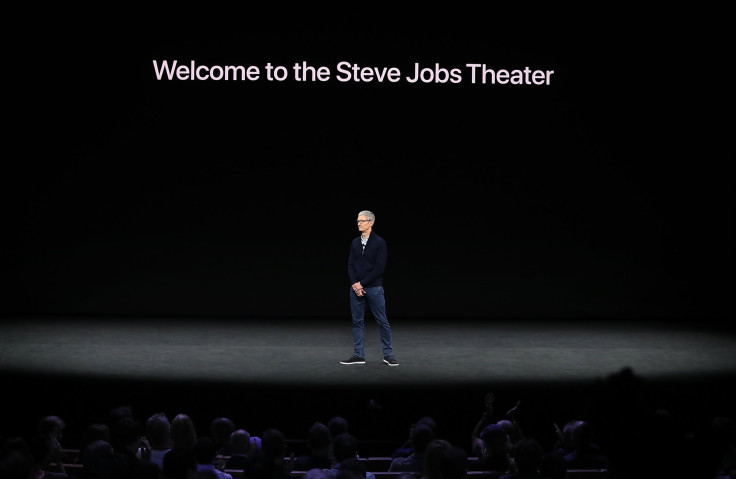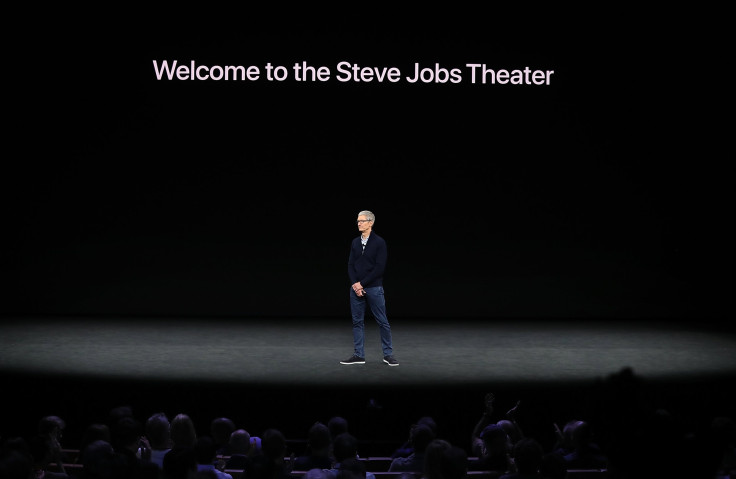Why Apple Inc. Won't Release An iPhone 9 This Year

It's widely rumored that Apple (NASDAQ:AAPL) intends to launch three new iPhone models this year. At the bottom of the product stack is supposed to be a device with a liquid crystal display (LCD) that measures 6.1 inches along the diagonal.
That device is broadly expected to be the most popular model of the three that Apple intends to introduce this year because it's rumored to bring substantial form-factor innovation at a reasonably accessible price point (between $700 and $800).
This article originally appeared in the Motley Fool.
There's been a lot of speculation as to how Apple will brand this upcoming LCD iPhone. Amit Daryanani, in a research note seen by Investor's Business Daily, thinks the device could be marketed as the iPhone 9.
The thinking behind that potential naming is simple: The LCD iPhone is the direct successor to both the iPhone 8 and the iPhone 8 Plus, so it makes sense with a branding that suggests this.
However, I believe it's highly unlikely that Apple will call it the iPhone 9 and will, instead, simply call it the "iPhone." Allow me to explain.
Taking Another Page From The iPad
Today, Apple offers two distinct iPad brands -- iPad and iPad Pro. The iPad comes in a single screen size, 9.7 inches, while the iPad Pro comes in 10.5-inch and 12.9-inch screen sizes.
The iPad is Apple's highest-volume iPad targeted at the masses -- it's priced reasonably aggressively but doesn't have all the fancy features that Apple includes in its much pricier iPad Pro product lineup.
It's not hard to see that Apple intends to apply this playbook to the iPhone. The LCD iPhone seems to be analogous to the iPad, while the upcoming iPhone X and iPhone X Plus seem to correspond to the 10.5-inch and 12.9-inch iPad Pros, respectively.
So, if Apple is adopting a product strategy with the iPhone that is similar to that of the iPad, I think it's reasonable to expect similar naming schemes as well. Instead of calling the 6.1-inch LCD iPhone something like "the iPhone 9" (which, frankly, would be confusing since Apple's current flagship phone is the iPhone X, with the "X" being pronounced "ten"), Apple is more likely to simply call this device "the iPhone."
The higher-end iPhone models, then, could be referred to as the iPhone X and iPhone X Plus, or both could be referred to as the iPhone X alongside their respective screen sizes (just as Apple does with the current iPad Pro models).
The iPad isn't the only product category in which Apple doesn't have distinct brands for different device sizes; Apple refers to both the 13-inch MacBook Pro and the 15-inch MacBook Pro as the MacBook Pro, letting customers choose the screen sizes.
The rationale behind such a naming scheme would make the 6.1-inch LCD iPhone not seem like a lesser device -- it's the iPhone. Instead, it would help make the higher end iPhone X models seem like an entirely different (and higher end) brand of Apple smartphones.
Moreover, by referring to the mainstream iPhone models as simply the iPhone while referring to the higher end models as the iPhone X, Apple can cleanly sidestep the clear iPhone numbering issue that has plagued its lineup for quite some time.
Ashraf Eassa has no position in any of the stocks mentioned. The Motley Fool owns shares of and recommends Apple. The Motley Fool has the following options: long January 2020 $150 calls on Apple and short January 2020 $155 calls on Apple. The Motley Fool has a disclosure policy.






















